Advocating for alternatives to Melbourne’s public housing demolition
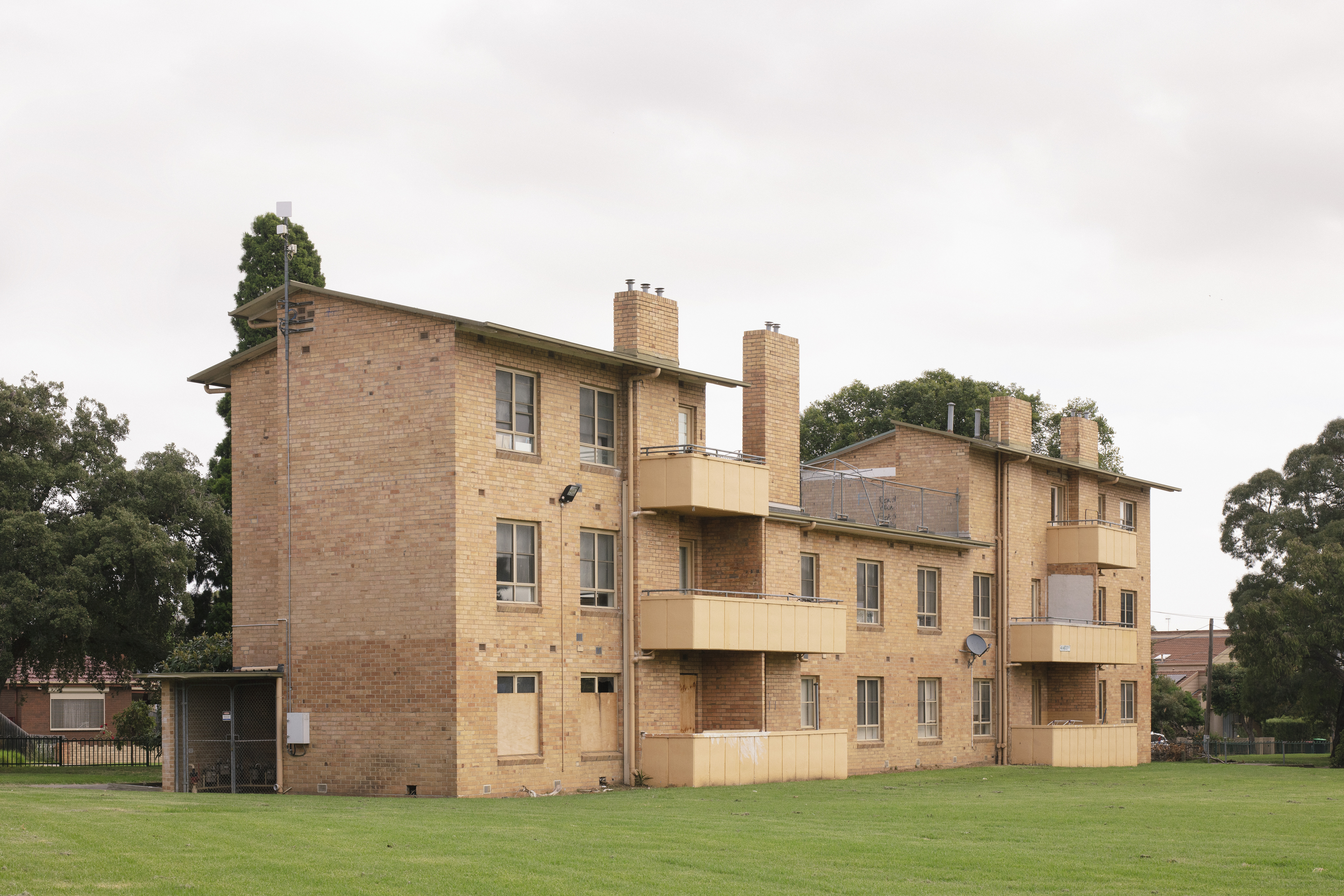
References
In March 2022, Melbourne was ranked the fifth least affordable city in the world, with median house prices sitting at 12 times the median household income.1 At the same time, demand for homelessness services and assistance in gaining access to stable housing continues to increase, with approximately 66,232 Victorians in urgent need of housing.2
Despite this growing need for housing, the state government’s current approach to public housing estate renewal is a costly process of demolition, relocation, and construction of new buildings that house fewer people in need. As an alternative, Melbourne-based not-for-profit design practice OFFICE, together with residents of Ascot Vale Housing Estate, developed a strategy to assess the feasibility of retaining existing housing estates, and provide improved social, environmental and economic returns in the process.
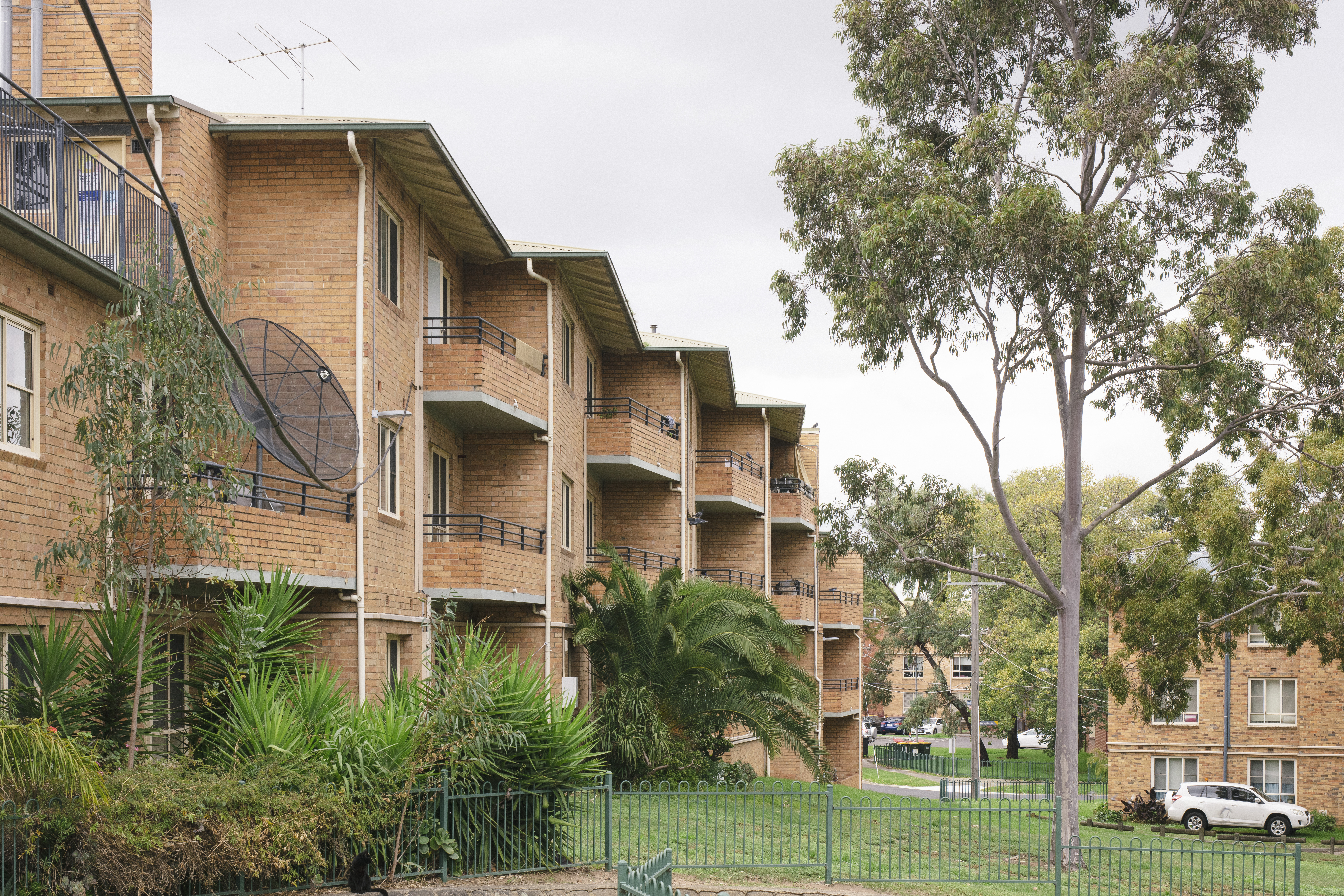
Stopping the bulldozers
In 2017, the Public Housing Renewal Program (PHRP) was introduced in Victoria to redevelop 11 under-maintained public housing sites on plots of valuable land in inner Melbourne. The scheme involves a process of ‘renewal’ where public housing residents are relocated while the estates are demolished. This model relies on the private sector in a public-private partnership, and sees the transfer of public housing into a mix of community, private and market rate rentals.3 The Department of Health and Human Services Victoria (DHHS) presented this as the only feasible option for renewal of ageing public housing stock.4
The program announcement plunged many public housing residents into stress and uncertainty, as they looked towards forced temporary displacement from their homes. A similar renewal process occurred at an Estate in Kensington, and despite a theoretical ‘right to return’, only 20 percent of residents returned to the newly built dwellings.5
At Ascot Vale Estate, a group of local residents united by concerns over the future of their homes, began Save Ascot Vale Estate (S.A.V.E). The S.A.V.E group was established to advocate and fight to protect public housing and residents rights. Many of these residents have lived in the Estate for over 15 years and have strong ties to the local community.
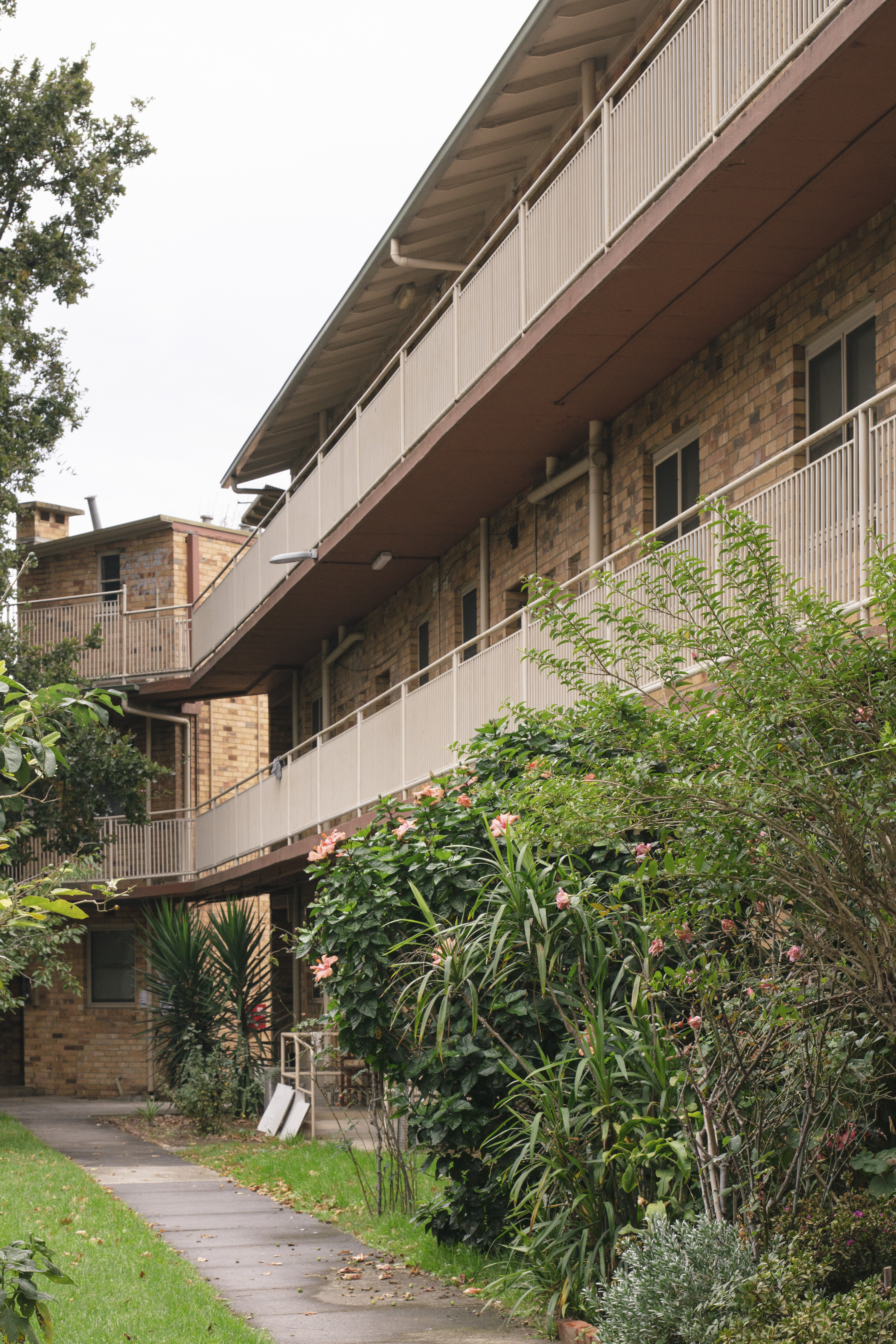
OFFICE connected with S.A.V.E to help determine if the Estate could be retained and refurbished. Through this process, OFFICE undertook a feasibility study and produced a design proposal for retaining the Estate, which would allow residents to remain on the site and rejuvenate the existing buildings. Over seven months, OFFICE collaborated with S.A.V.E to understand what residents valued about living at the Estate, and how the post-war modernist buildings served their needs or could be enhanced.
The Ascot Vale Estate was designed by renowned modernist architect and public housing advocate Best Overend during his time with the Housing Commission. The Estate consists of 57 three-story housing blocks, and has been identified as having ‘historical, architectural and aesthetic significance to the City of Moonee Valley (and potentially to the State of Victoria).’6 The Victorian government has earmarked the whole Estate for redevelopment over the next 15-20 years as part of the Homes Victoria Ascot Vale Renewal Project. Despite its heritage significance though, 80 residences at 24-42 Dunlop Avenue, (previously part of the Estate), have already been demolished, as a ‘fast-start’ site under Victoria’s Big Housing Build as they were ‘rundown, had high ongoing maintenance costs and no longer met the needs of tenants.’7
The community engagement process, like the feasibility study, was informed by a pragmatism and commitment to understanding housing as an essential human right. As one resident and leader of S.A.V.E explained,
“Until nine years ago I had never stepped foot on a public housing estate. Then it happened. After two years of being prey to slum lords, couch surfing and occasionally sleeping rough, my then teen-aged son and I found our home. By our second year in this new environment, we felt safe. The traumas of the previous few years were abating – in large part because we have a stable, permanent home and a sense of community here.”
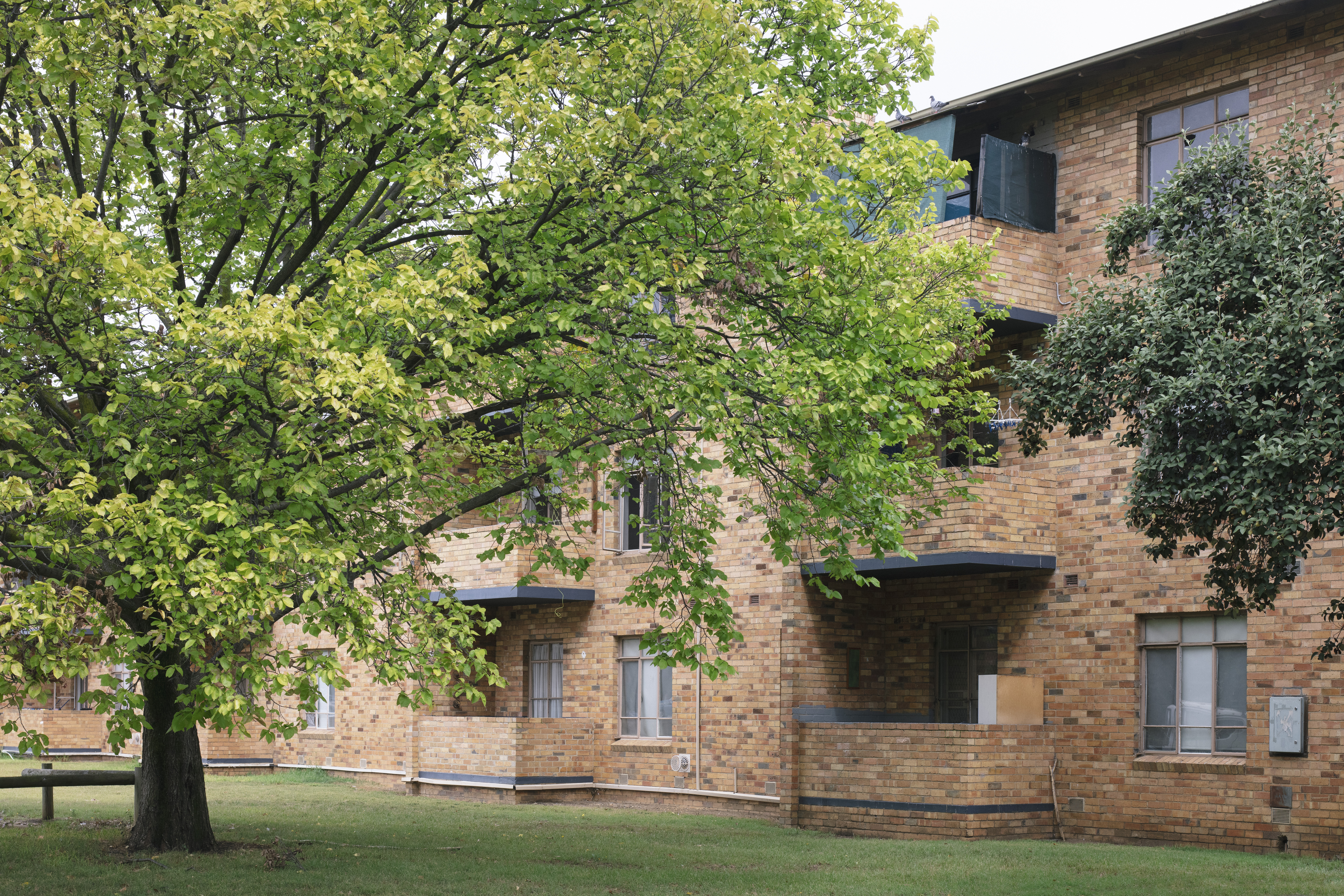
The project delivered both a methodological approach for conducting feasibility studies on public housing estates slated for renewal and a site-specific case study of the Ascot Vale Estate. This approach includes three key objectives:
- Retain existing communities by not relocating residents,
- Repair existing buildings to reduce carbon emissions,
- Reinvest savings to improve comfort and upgrade public housing.
The case for adding, transforming and reusing
The Retain Repair Reinvest (RRR) approach to assess the economic, social and environmental value of refurbishment sits within an emerging field of research and practice.
In 2021, French architecture firm Lacaton and Vassal were awarded the Pritzker Prize, architecture’s highest honour. The judges of the prize highlighted their 2011 Tour Bois le Pretre and 2017 Grand Parc estate projects. These public housing projects successfully upgraded the existing dwellings without relocating residents, for approximately a third of the cost of demolishing and rebuilding. As Guardian architecture critic Oliver Wainwright wrote,
“In an age of demolishing public housing and replacing it with shiny new carbon-hungry developments in the name of “regeneration”, Lacaton & Vassal have worked tirelessly to expand and upgrade existing buildings with surgical precision, transforming the lives of thousands of people in the process.”
Lacaton and Vassal’s approach of ‘Never demolish, never remove or replace, always add, transform, and reuse!’ is also evident in growing architecture, construction, design and urbanism sectors. Close to home, Melbourne’s Living Cities Forum recently examined the potentials of circular economies in the build environment, and advocated for recalibrating the existing model that prioritises short-term commercial interests over long-term environmental interests.
More broadly, movements such as Architects Declare highlight the pressing need for building design to be responsive to the immense impact of construction on climate breakdown and biodiversity loss. No matter the green credentials or eco-efficiency of a new development, it is impossible to avoid the reality that construction is a major contributor to the climate emergency.
In Australia, the construction, operation and maintenance of buildings is responsible for almost a quarter of greenhouse gas emissions. The Victorian Climate Change Act 2017 sets out a long-term state government strategy of reaching net zero emissions by 2050. To meet these ambitious targets, it will be essential that the Government and developers conducting this work change their approach to construction. This includes establishing design principles that prioritise the retention and refurbishment of existing buildings.8
In imagining alternative possibilities to demolition, relocation and rebuild, OFFICE and Ascot Vale Estate residents self-initiated a RRR feasibility study on the Ascot Vale Estate, demonstrating not only that refurbishment is possible, and highlighting the economic, social and environmental benefits such an approach would achieve.

Renewing public housing and the communities who live there
After discussions with S.A.V.E residents, an empty block at 42 Ascot Street within the Estate was identified as a potential case study example to demonstrate the value of the RRR strategy. This block was vacated several years ago in the aftermath of a fire, and despite no significant structural damage has since been left empty.
Over three sessions held at the Wingate Community Centre (within the Ascot Vale Estate), OFFICE spoke with residents about what they valued about their community, how the design of their homes worked or could be improved, and why they wanted to stay living on the Estate.

Many residents expressed a strong desire to retain the community and remain on the Estate, with concerns over the upheaval of having to leave the proximity of work, schools, doctors, and other networks of support and care. Overwhelmingly, many people reflected on the livability and functional design of their flats, noting the access to natural daylight, cross ventilation and appropriate size of each dwelling. Many also reported, though, that a lack of basic maintenance at the Estate impacted their comfort and safety, with issues including lights not working, heating and cooling systems broken as well as faulty window locks.
Through these discussions it became evident that significant upgrades to living experiences could be achieved with small design interventions and limited financial investment, without the need for demolition. Feedback from residents directly helped to inform the design proposal, including ideas for the shared rooftop space, and options of showers or baths for improved accessibility.
More than just buildings
Overall, the feasibility study found strong evidence to retain and refurbish the existing building at 42 Ascot Vale, and identified the environmental, social, heritage and economic value of this approach. These findings revealed the uncaptured costs of the current model which displaces existing communities and demolishes significant buildings. Internationally, evidence demonstrates that the relocation of residents as part of urban renewal schemes is often associated with detrimental impacts on physical and mental health.

With the assistance of SGS Economics and Planning and Melbourne Quantity Surveyors, OFFICE were able to quantify these costs demonstrating that an RRR approach would result in a saving of $413,070 per dwelling. When multiplied across the entire Estate, the economic case for retaining the existing buildings is evident.
In celebrating the heritage value and design of the modernist Estate, it is also important to understand that the buildings are public housing, which adds to and informs this value. Best Overend is credited with introducing the ‘Minimum Flat’ concept to Australia, which offered ‘space, economy and modernity at minimum cost’,9 and he was an advocate for high-quality housing for low-income Victorians. The Estate’s design and heritage value is interlinked with the communities who live there, and any moves to protect the heritage would also require the ongoing ability of residents to remain at Ascot Vale Estate.
As one resident, Clare Hanson, explained,
“Telling an M.P. that we want to stay here is always met with an impenetrable wall of nothing. OFFICE gave us a battle plan. It has rekindled our flagging spirits and the overall feeling now is one of hope.”
As a result of decades of under-spend on maintenance,10 public housing estates in Victoria require extensive refurbishment and upgrades to improve conditions for residents. While the Government is currently following the model of demolition and new construction, the Retain, Repair, Reinvest strategy provides an alternative approach. The RRR strategy is designed to be applicable to other housing estates, to collaboratively work with residents and accurately determine the viability of refurbishment as opposed to the process of demolishing and rebuilding. It offers a pragmatic way to reimagine how urban renewal can be delivered to ensure maximum comfort for residents, economic efficiency, and positive environmental outcomes.
In expanding our understanding of value, future renewal feasibility studies should not just include a cost-benefit analysis through a real-estate model, but capture the true costs of demolition, relocation and rebuilding. The RRR strategy can be used to advocate for the retention of the existing public housing and the communities that inhabit them, ensuring housing as a basic human right.
Two months after the release of OFFICE’s Retain, Repair, Reinvest feasibility study, construction began at the case study site after having been vacant for over two years. These works recognise the potential of refurbishment as an alternative renewal strategy and hopefully one that will be adopted in other ageing public housing estates.
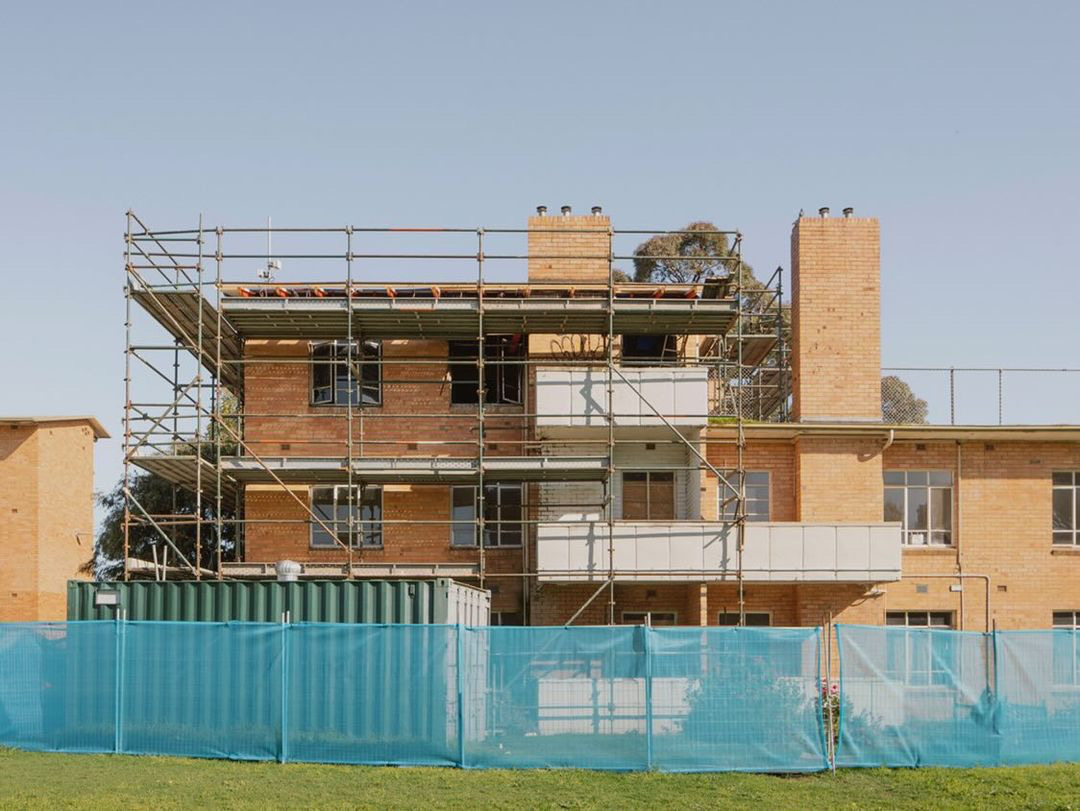
You can visit OFFICE to read the full report, and follow @retain_repair_reinvest on Instagram to keep informed about RRR projects.
OFFICE would like to thank the generosity and support of those involved: Miriam McGarry (Hidden Cities), Clare Hanson (S.A.V.E), Kelvin Mureithi (Makao Group), Roger Diaz (RD Structural), Nathan Grimes (Melbourne Quantity Surveyors), Ben Hosking, Emily Hobbs and Marcus Spiller (SGS Planning and Economics).
- Demographica, Demographica International Housing Affordability, Urban Reform Institute and Frontier Centre for Public Policy, 2022.
- By March 2022, 54,945 households were on the Victorian Housing Register recorded applications for housing, 30,508 of which (equal to 55.5 percent) were on the Priority Access category. These correspond to approximately 119,230 people in need of appropriate housing 66,232 of which in urgent need. See: Victorian Housing Register and transfer list by local area – March 2022
- In Victoria, public housing is owned and managed by DFFH/Homes Victoria and prioritises people in need, with rents capped at 25 percent of the tenant’s income. Under the proposed PHRP model, the amount of public housing available would be diminished.
- Legislative Council Legal and Social Issues Committee (Vic), Inquiry into the Public Housing Renewal Program: report (Victoria, Parliament of Victoria, 2018).
- Kate Shaw et al., Evaluation of the Kensington redevelopment and place management models: Final report, (Melbourne, University of Melbourne, 2013)
- Moonee Valley Post-WarThematic Precincts Heritage Study 2012 – 14, p. 42.
- See Daniel Andrews public Facebook page, post from February 25, 2021.
- This approach has been recommended in the Greater London Authority’s draft London Plan.
- Moonee Valley Post-WarThematic Precincts Heritage Study 2012-14.
- Victorian Auditor-General’s Office, Managing Victoria’s Public Housing, 2017.
